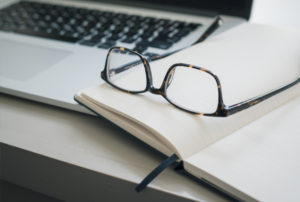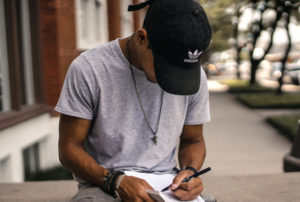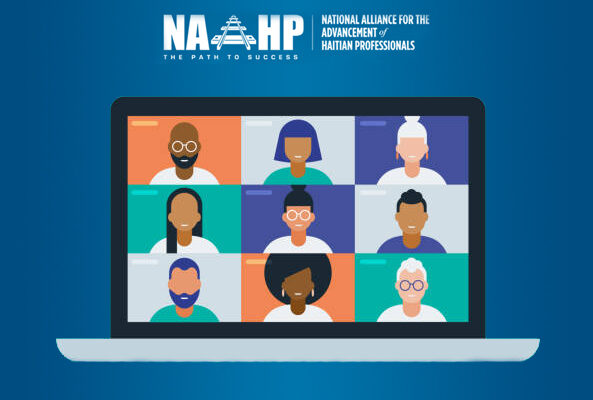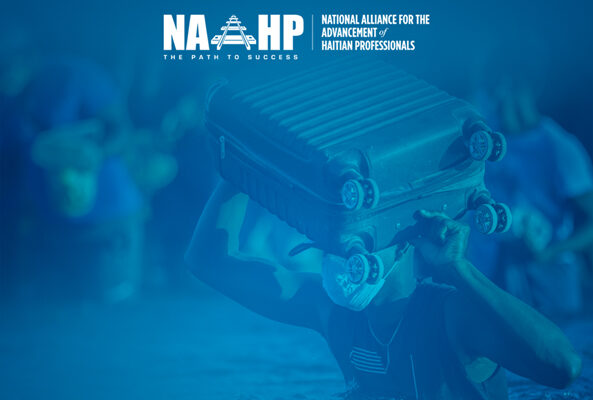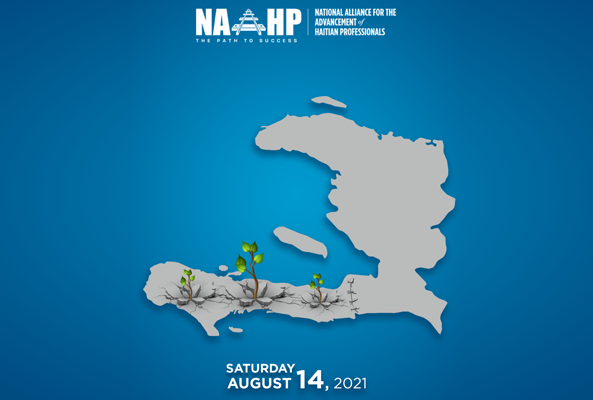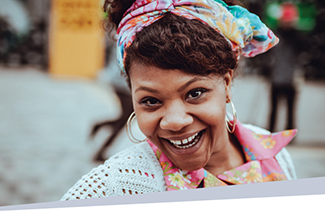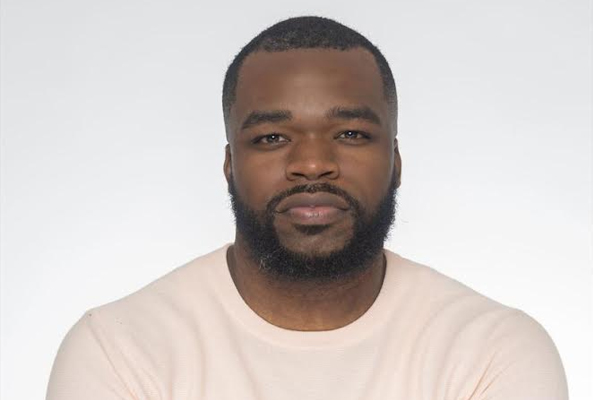
Financial Literacy Guide: Credit Card Best Practices
Use this checklist to help you use your credit card responsibly and remain debt-free.
Build good financial habits.
- Use your card only for essential purchases that you can pay for each month.
- Put part of any income you earn into a savings account so you don’t have to rely on credit cards to cover unexpected costs.
- Strive to pay off your balance every month.
- Stick to a budget. Automate as much as you can with free online tools or mobile apps
- Get organized. Set up calendar reminders and internet banking systems to ensure all your bills get paid on time each month.
- Avoid cash advances.
- Check your statement every month. Report suspicious or fraudulent transactions as soon as you discover them.
Build your credit.
- You can start building your credit history before you get a credit card by paying phone bills, rent and utilities on time every month.
- Don’t use more than 30 percent of your available credit; 7-10 percent is ideal.
- Be careful about closing old accounts; they can boost your score as long as you keep them current.
- Get a free credit report by visiting AnnualCreditReport.com. Each of the three credit bureaus must by law provide you with one free copy of your credit report each year. Pull one every four months from one the three bureaus, and review it for accuracy.
- Don’t cosign for other people.
- Don’t ignore creditors. Pick up the phone and work with them if you get in trouble, or find a local credit counselor.
- Know the signs of credit repair scams. If you fall behind on payments and do damage to your credit, beware of any services that advertise quick fixes for an upfront fee, or who tell you that they can remove accurate information from your credit report.

 English
English Français
Français Donate
Donate Partner
Partner Shop
Shop Login
Login
